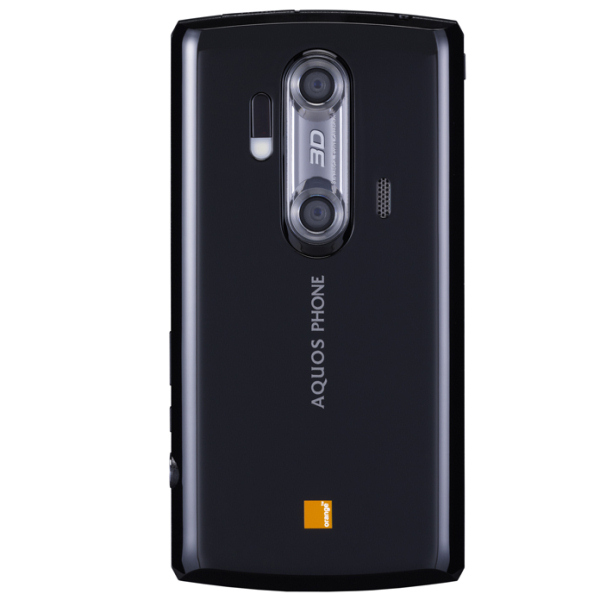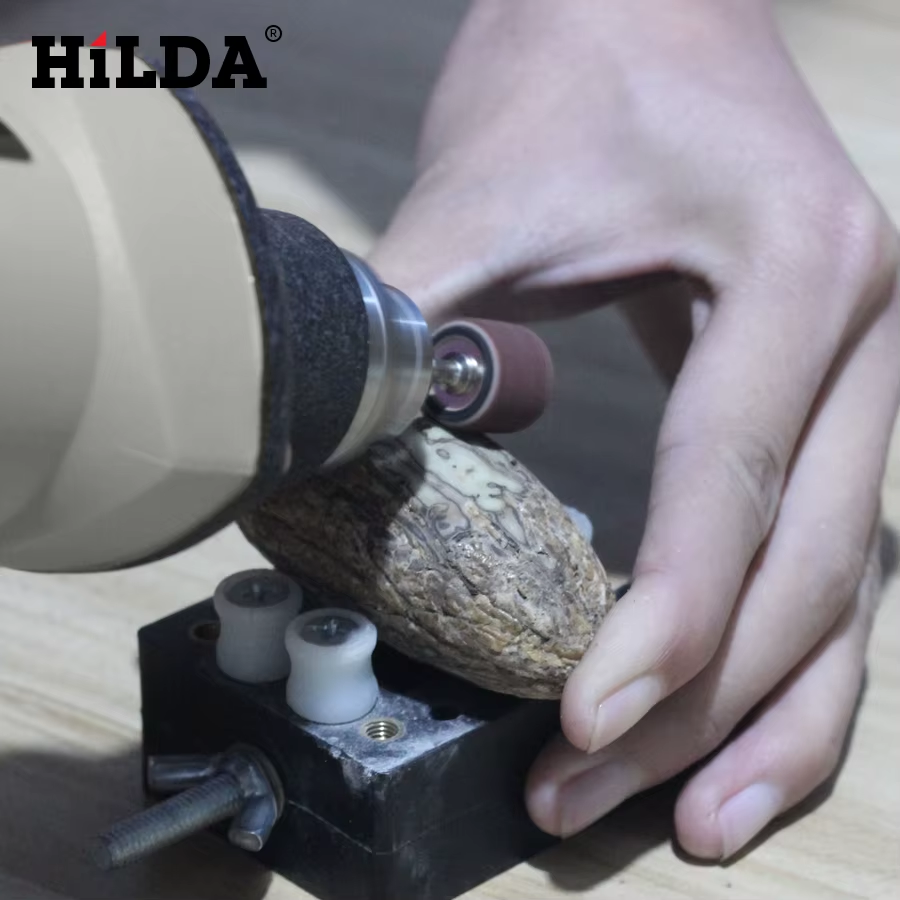

Sinceĭisparities for the selected stereopairs differ due to differences in Query and then extracts depth information from these stereopairs. Stereopairs whose left image is a close photometric match to the 2D Our approach first finds a number of on-line Whose left images are photometrically similar are likely to have similarĭisparity fields. The key observation is that among millions of stereopairsĪvailable on-line, there likely exist many stereopairs whose 3D content

Our new approach is built upon a key observation andĪn assumption. Propose to "learn" the model from a large dictionary of stereopairs, Of relying on a deterministic scene model for the input 2D image, we In this paper, we explore a radically differentĪpproach inspired by our work on saliency detection in images.

Usually rely on assumptions about the captured 3D scene that are often This subpar performance is due to the fact that automatic methods Operators and, therefore, are time-consuming and costly, while theįully-automatic ones have not yet achieved the same level of quality. Images to 3D stereopairs, the most successful ones involve human Although to date many methods have been proposed to convert 2D The availability of 3D hardware has so far outpaced the production of 3DĬontent.
2D TO 3D VIDEO CONVERTER FOR ANDROID PC
Moreover, the method does not require a PC with outstanding computational resources, further reducing implementation costs, as only a moderate-capacity graphics processing unit can efficiently handle the calculations. Experimental results verify that the proposed method provides high-quality 3D point clouds from single 2D images. Estimation relies on the parameters of the depth camera employed to generate training data. Then, the 3D point cloud is calculated from the depth image. First, a generative adversarial network generates a depth image estimation from a single RGB image. The proposed method comprises two stages. The method retrieves high-quality 3D data from two-dimensional (2D) images captured by conventional cameras, which are generally less expensive. We propose a method to generate the 3D point cloud corresponding to a single red–green–blue (RGB) image. Point clouds are usually obtained from laser scanners, but their high cost impedes the widespread adoption of this technology. Three-dimensional (3D) point clouds are important for many applications including object tracking and 3D scene reconstruction.


 0 kommentar(er)
0 kommentar(er)
